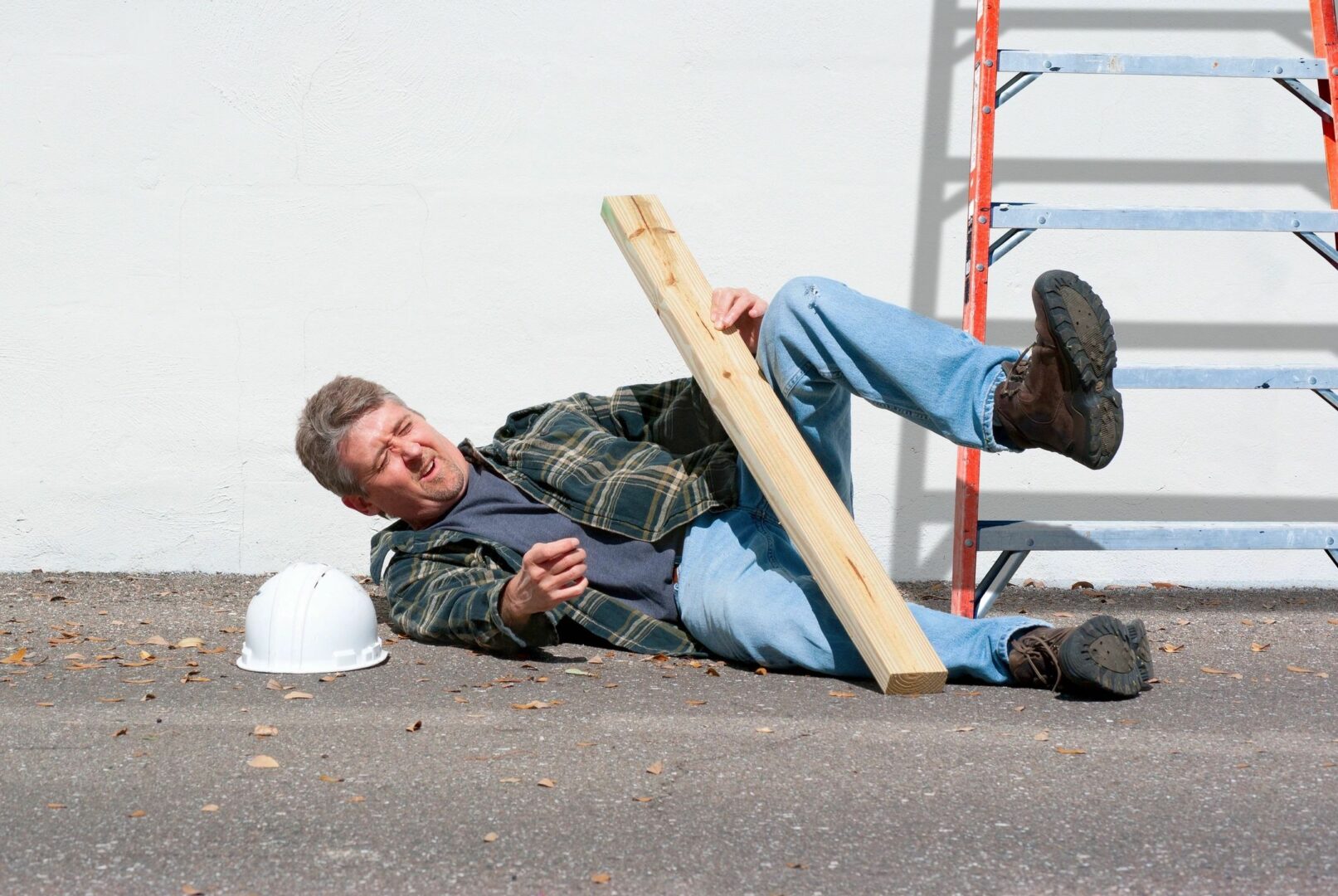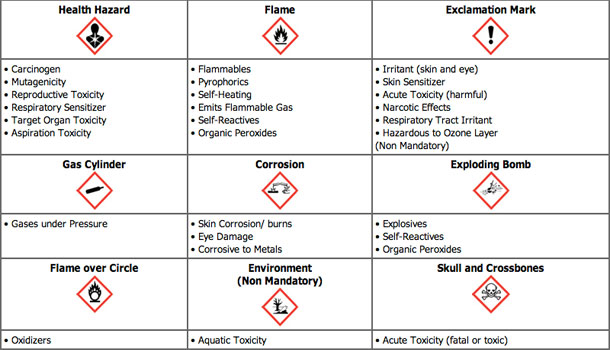Common Worksite Safety Issues That Rarely Get Addressed
How often do you pass a worksite only to see an employee very clearly violating a safety protocol?
Safety should be considered a priority in EVERY worksite. Accidents on the worksite can be avoided if everyone in the company is aware of the common worksite safety issues. Everyone in the company should come together to create a worksite that is safer as well as more productive.
Every business has common safety standards and rarely are they all addressed. One way to avoid this problem would be to make sure that all issues are identified and proper intervention is discussed.

Common Worksite Safety Issues
No Fall Protection Training and Faulty Equipment
All employees whose tasks involve the risk of a fall must undergo fall protection training on a regular basis. The training courses which are provided by the employer, must aid employees identifying fall hazards and familiarizing them with the fall protection devices and equipment that is used.
Fall protection devices must be inspected before each use by qualified personnel. In addition, they must also be inspected annually to ensure the the device is in proper working order.
Availability of Personal Protective Equipment or PPE
Equipment must be worn at work for the purpose of reducing employee exposure to any occupational hazards. Such safety equipment must always be made available on site. The employers are responsible for the provision of PPE on the worksite.
PPE comes in the form of hard hats, goggles, ear muffs, hand gloves, gowns, and boots. These can help protect the employees from occupational hazards like falling objects, burns, dust, and head injuries.
Scaffolding Safety
Workers who are assigned to work on scaffolding must be properly educated and trained. They must be aware of the environment that they work on as there are a lot of hazards such as: possibility of becoming electrocuted with the power lines, being hit by falling debris, and falling due to the unstable platforms used in the job. Such hazards can lead to serious injuries to the workers.
Suspended Scaffolds must be properly lined with guard rails. The guard rails will prevent the workers from falling from the open side, it has also been standardized that the scaffold and all of its components must be made capable of supporting at least four times the maximum intended load.
Ladder Safety
Some ladder safety common protocols include, checking the load rating (always include the weight of tools and equipment you are using), verifying the surface point extension (minimum 3 feet above surface point), and making sure to always maintain a 3 point contact (two hands and a foot, or two feet and a hand) on the ladder when climbing. Ladders should also be inspected for any damages or signs of wear and tear on the hinges, side rails, feet support, and steps.
Hazard Communication
Although applying to laboratories and chemical plants, hazards typically happen on worksites. Communication is key when trying to prevent hazards. Employers can promote hazard communication through safety training which will help educate the workers to look for potential hazards. All employees should have access to safety training materials. This information must be in a language, or perhaps a format, that that is easy to understand by all personnel.
Worksites deal with all types of hazards. OSHA has categorized these as part of their Hazard Communication Standard.

Be Safe At All Times!
It cannot be denied that there are definite risks involved when working on site. However, such risks can be prevented as long as proper information is disseminated, proper training is provided, and proper safety devices are made available.
Employers need to establish a fall protection plan (OSHA required) and hold regular safety huddles to promote open communication between workers which can mitigate risk. Workers should hold their employers accountable for all safety issues that are not being addressed.

